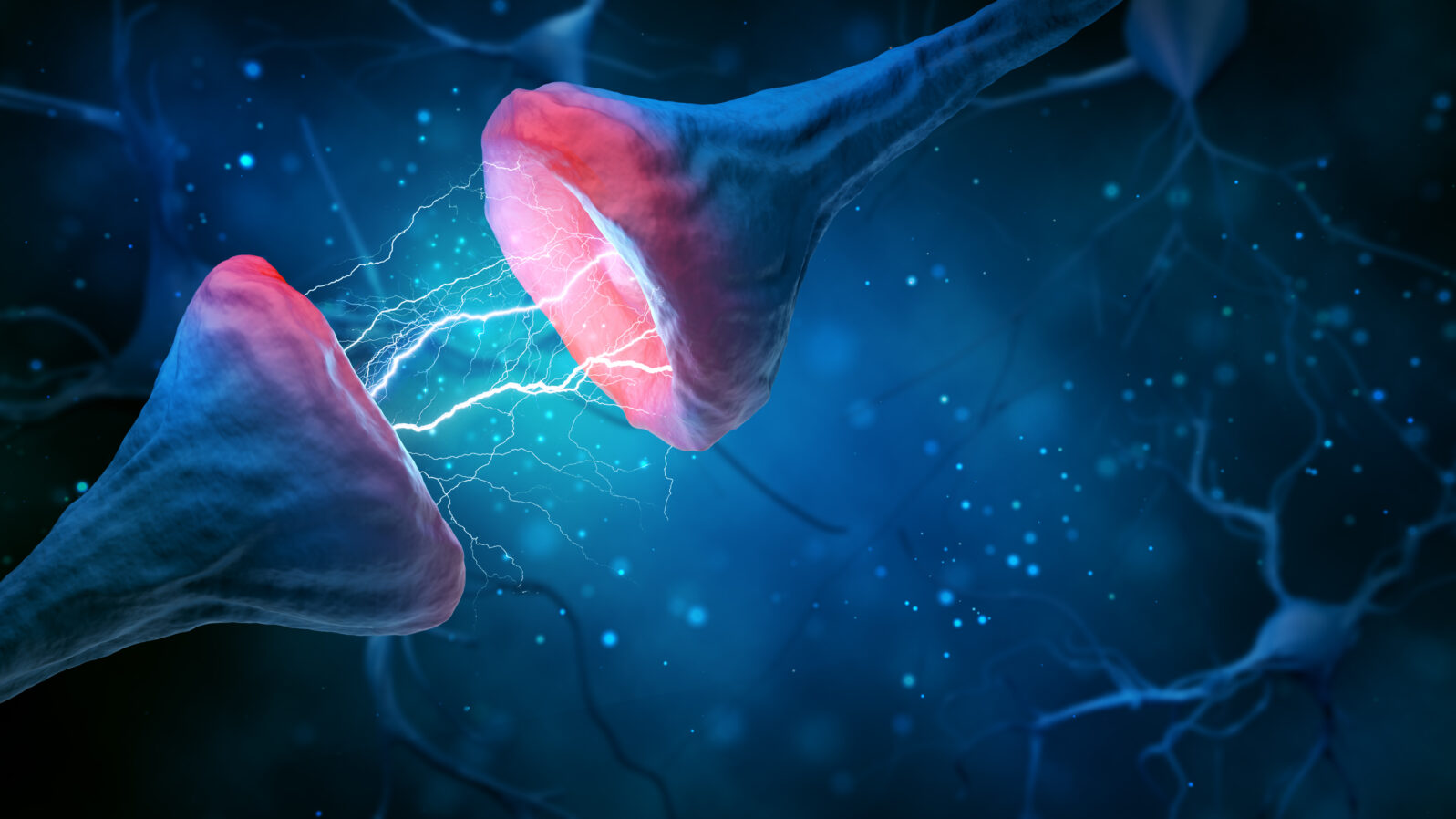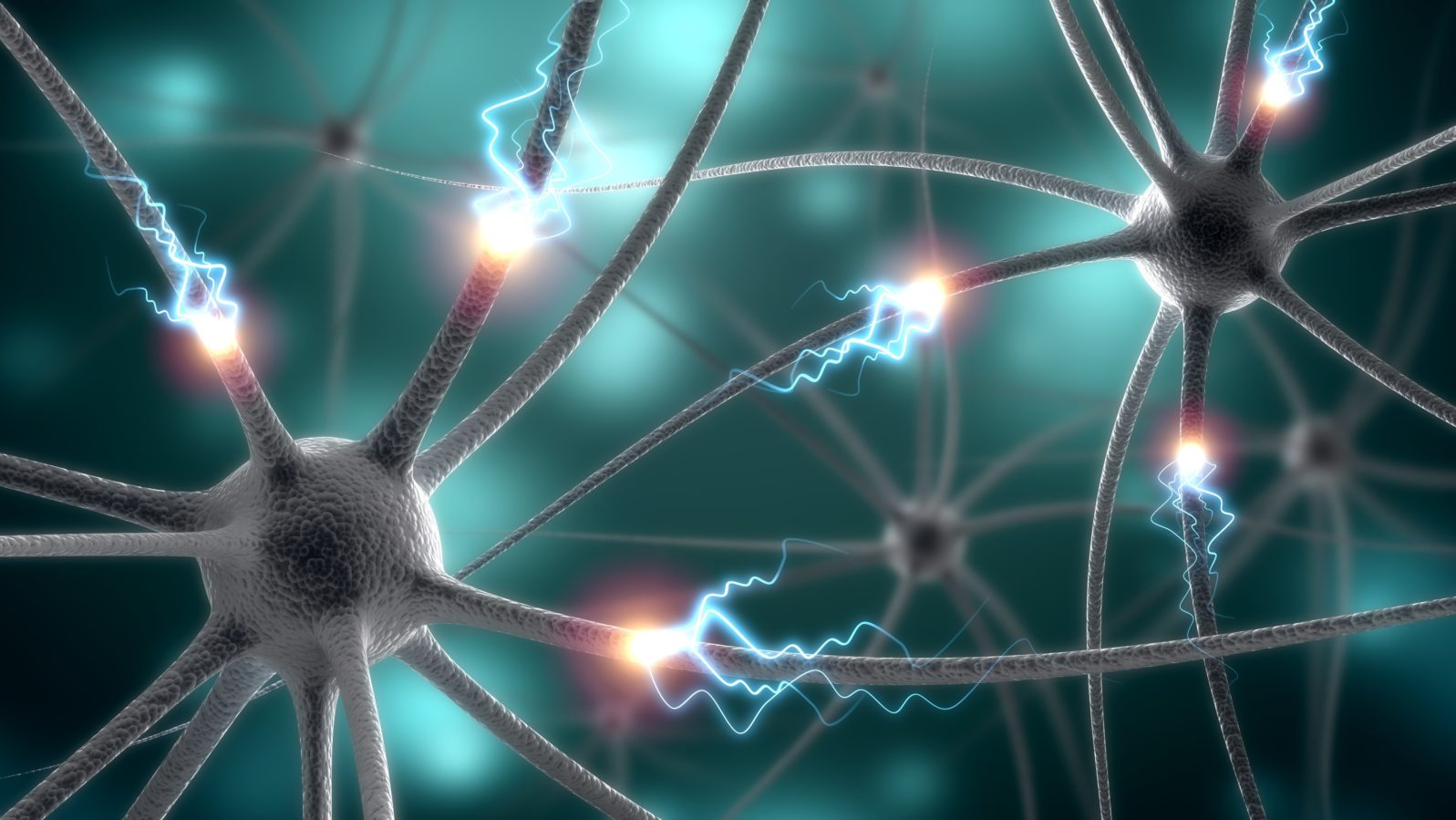Researchers Can’t Explain: Memories Drift From Neuron to Neuron
Memories are supposed to stay put in the neurons that lay them down. A recent study, published at Nature, shows that they move a lot…“Scientists are meant to know what’s going on, but in this particular case, we are deeply confused”, a recent article at The Atlantic begins.
It’s about the way nervous system cells don’t simply lay down memories and keep them. The memories drift from neuron to neuron, quite contrary to textbook claims and traditional neuroscience assumptions:
The relatively simple explanation found in neuroscience textbooks is that specific groups of neurons reliably fire when their owner smells a rose, sees a sunset, or hears a bell. These representations—these patterns of neural firing—presumably stay the same from one moment to the next. But as Schoonover, Fink, and others have found, they sometimes don’t. They change—and to a confusing and unexpected extent.
Schoonover, Fink, and their colleagues from Columbia University allowed mice to sniff the same odors over several days and weeks, and recorded the activity of neurons in the rodents’ piriform cortex—a brain region involved in identifying smells. At a given moment, each odor caused a distinctive group of neurons in this region to fire. But as time went on, the makeup of these groups slowly changed. Some neurons stopped responding to the smells; others started. After a month, each group was almost completely different. Put it this way: The neurons that represented the smell of an apple in May and those that represented the same smell in June were as different from each other as those that represent the smells of apples and grass at any one time.
Ed Yong, “Neuroscientists Have Discovered a Phenomenon That They Can’t Explain” at The Atlantic (June 9, 2021) The paper is open access via Sharedit.
Science writer Yong notes, “Neuroscience’s own representations of the brain still have plenty of room to drift.”

Here are some other unexpected findings about the brain (in case anyone thought we were getting it all figured out):
● Human, mouse, and fly brains all use the same basic mechanisms. But with vastly differing outcomes.
● We might have expected to see a gradual increase in size and complexity of brains, corresponding with ability, leading up to the human brain. But it does not appear to work that way: The difference brain size makes is still unclear. Lemurs, with brains 1/200th the size of chimp brains, passed the same IQ tests.
● The brain does not operate like a set of switches, as we used to think. Most parts of the brain are involved in processing signals arising from touch.
About the human brain in particular…
● Researchers: Human brains are prewired to recognize words. Contrary to what psychologists had supposed, the ability to seek meaning is built in, not taught.
● The human brain is quite orderly, not the haphazard accumulations of aeons of evolution that the researchers had expected. Gray matter isn’t the big story. Connection—the connectome—is the astonishing feature of the brain.
● And yet, it’s not clear how much of the brain is even absolutely necessary: One boy, born with 2% of a brain, as measured, “does maths, he loves science”. Noah Wall’s story raises intriguing questions about the relationship between the brain and the mind.
But even in animals, it is not entirely clear what the brain does. One aged lab rat, forwarded for a study on aging, was found to have got through two years (in human terms, 70 years) with practically no brain.
And yet…
● The organization of the human brain and that of the universe are remarkably similar: In an open-access paper, Vazza and Felleti write, “The tantalizing degree of similarity that our analysis exposes seems to suggest that the self-organization of both complex systems is likely being shaped by similar principles of network dynamics, despite the radically different scales and processes at play.”
But, not to worry, the universe is full of mysteries too. Check out dark matter and dark energy.
You may also wish to read: Your mind vs. your brain: Ten things to know
